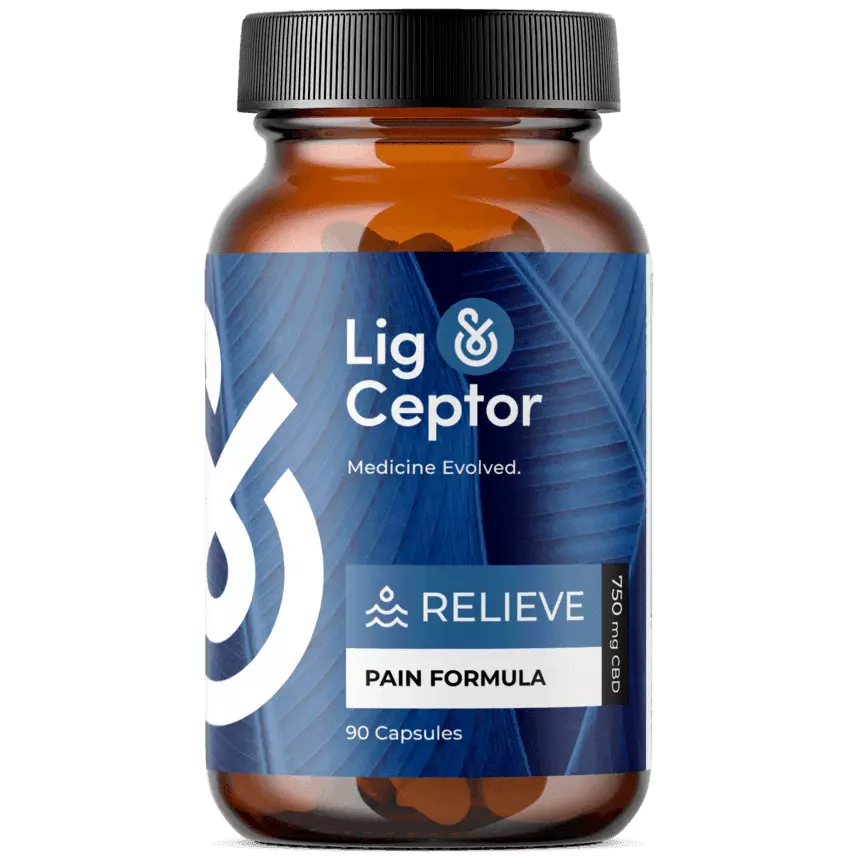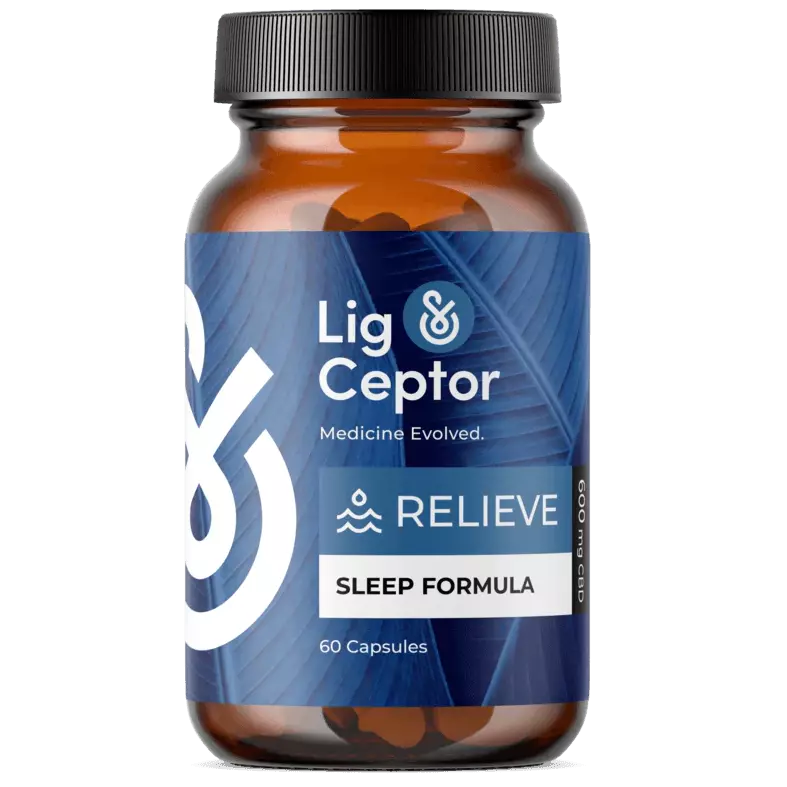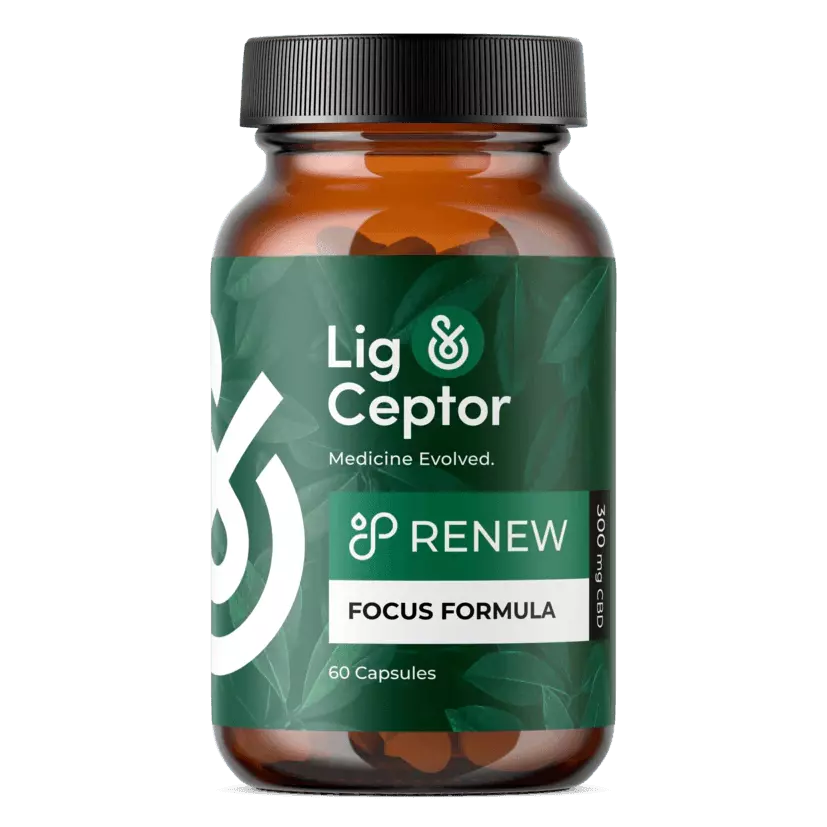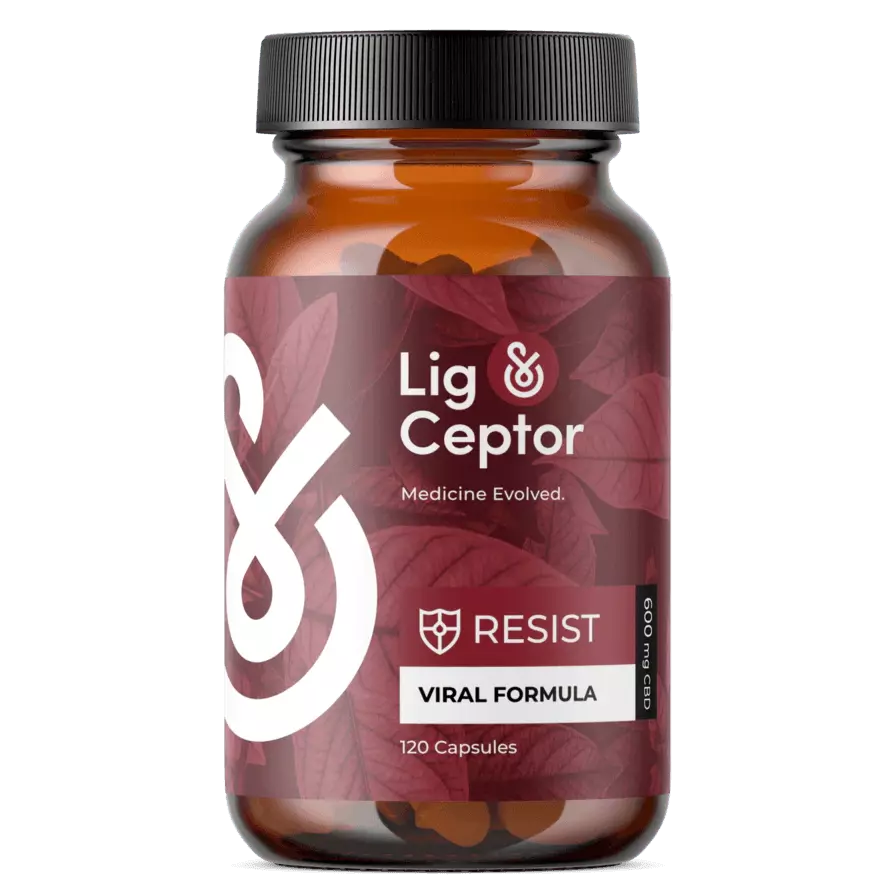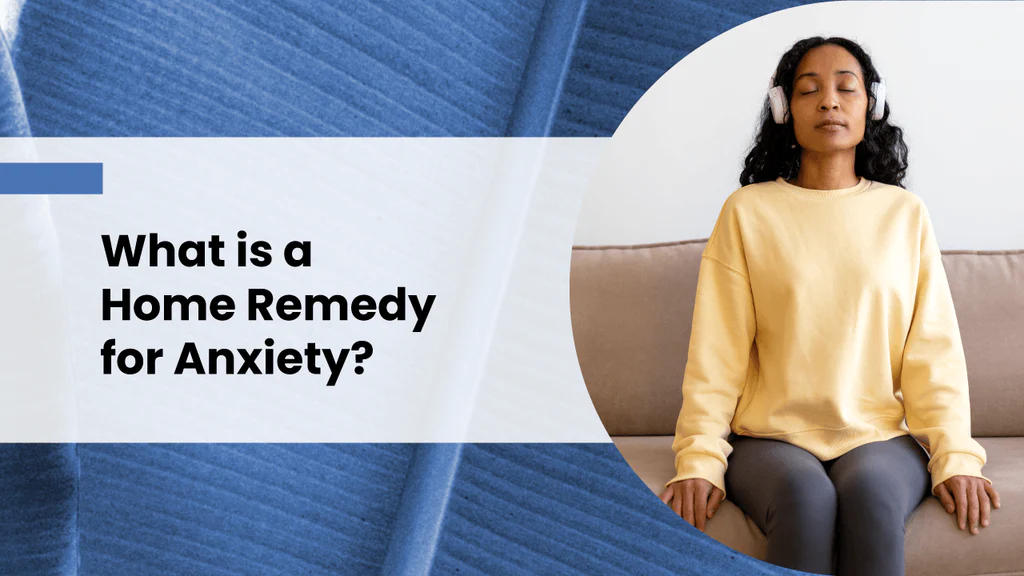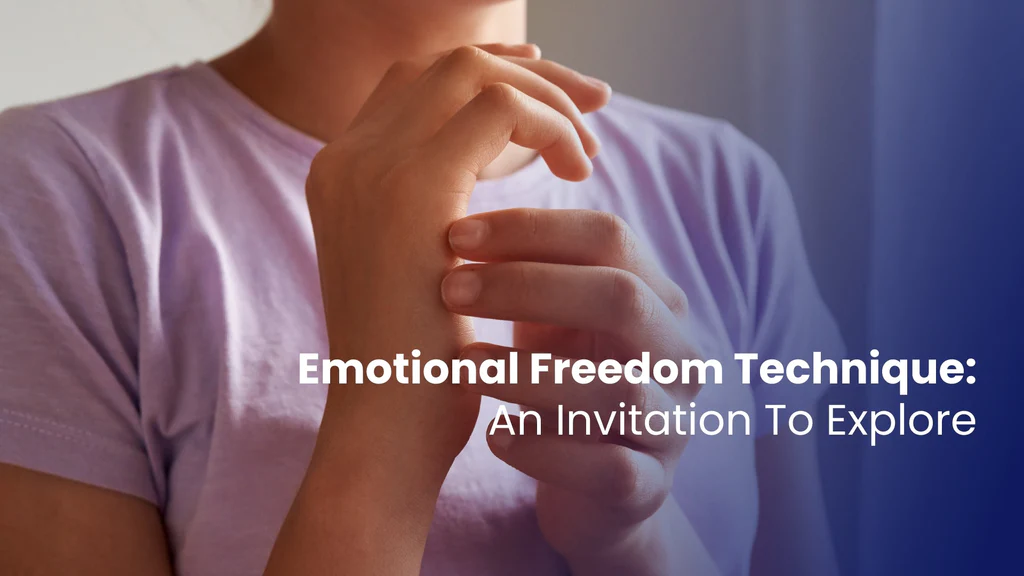
Our Purpose Is To Evolve Medicine
By fusing compassion and conscience with the data, science, and knowledge accumulated through our years of medical practice — Lig & Ceptor will help decrease suffering and increase peace of mind and comfort for our customers.
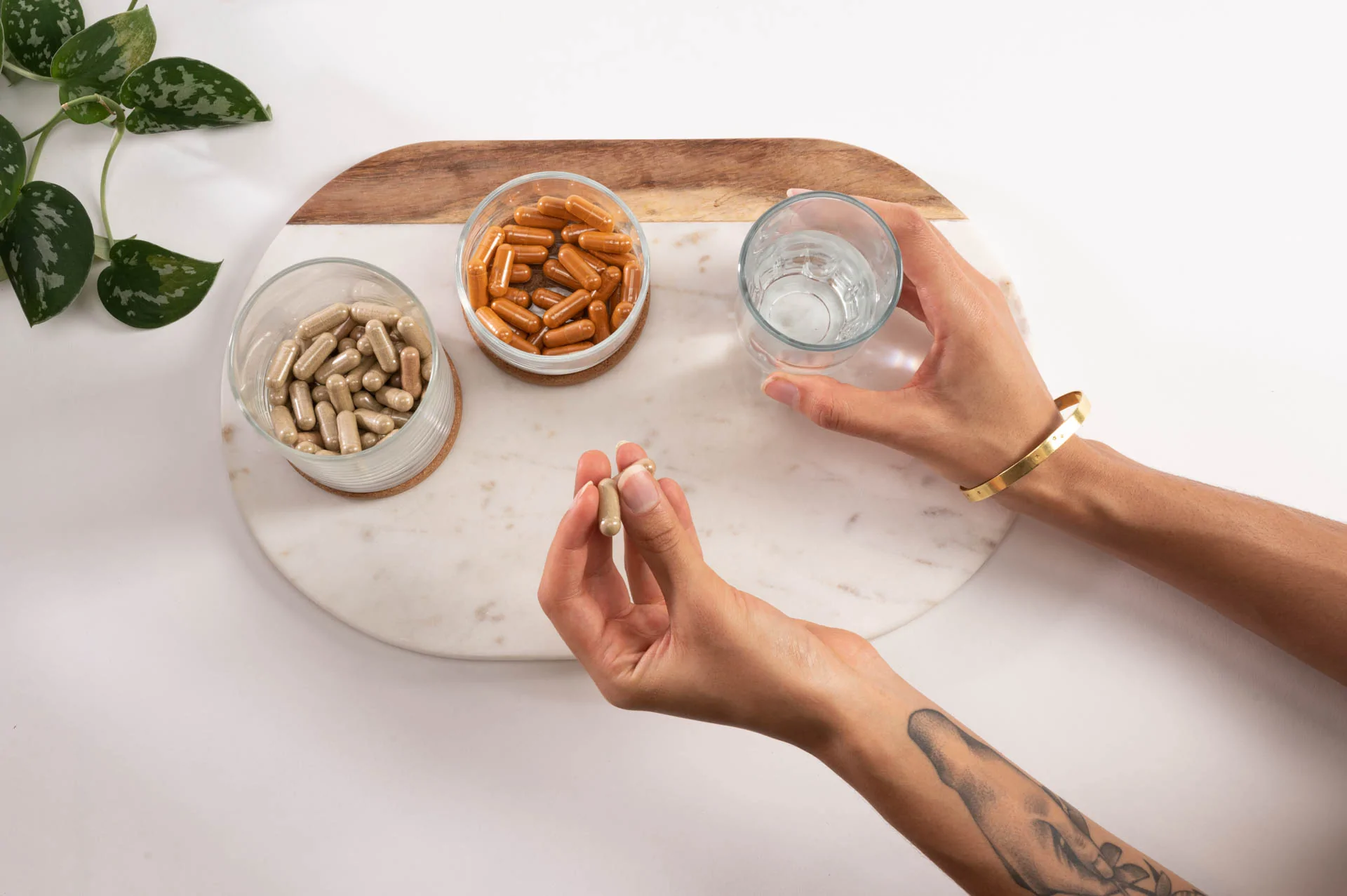
Better Living
Our effective, thoroughly researched, science-based products along with our conscientious, compassionate approach to business and health, we’re evolving the way to think about medicine, health, wellness, and self-care.

